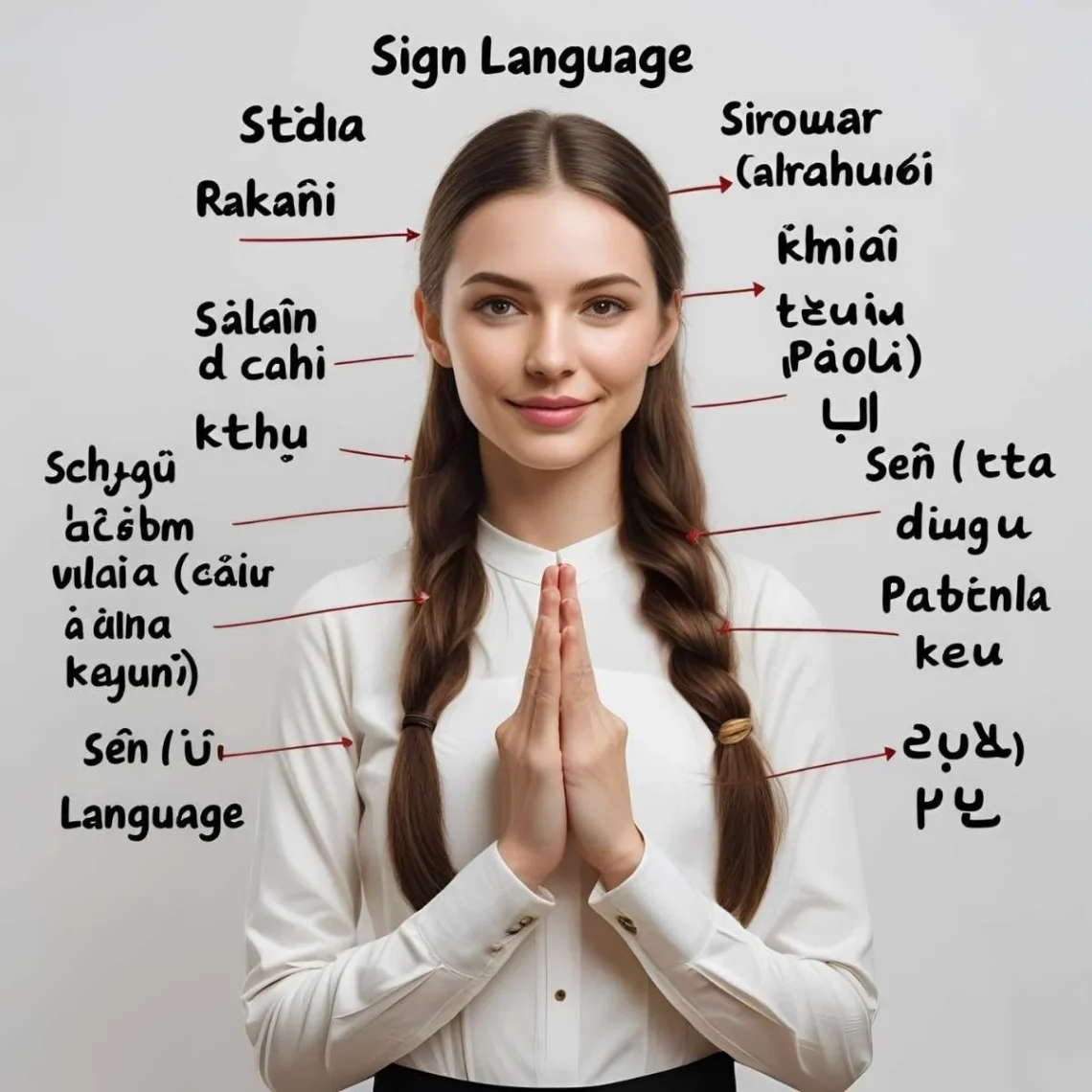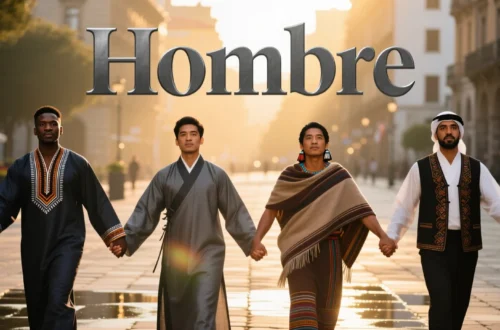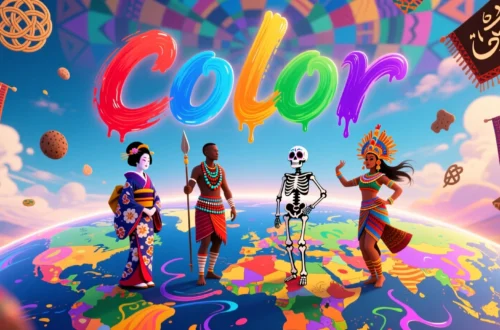Picture a quiet moment in a bustling São Paulo park, where two friends communicate with graceful hand gestures, their signs saying “everything’s fine” without a word spoken. The concept of “sign language” transcends spoken words, uniting people through visual expression.
Whether it’s a vibrant gesture in a Tokyo community center or a subtle hand movement in a Nairobi gathering, the term for “sign language” reflects a universal need for inclusive communication, shaped by each culture’s unique perspective.
Let’s explore how the world names “sign language” and what these terms reveal about the heart of human connection.
Reference Table: “Sign Language” in Different Languages
| Language | Word/Phrase | Cultural/Linguistic Insight |
|---|---|---|
| French | Langue des signes | Literally “language of signs,” emphasizing its linguistic status. |
| Spanish | Lengua de señas | Means “language of gestures,” widely used in Latin America and Spain. |
| Italian | Lingua dei segni | Translates to “language of signs,” viewed as a formal language. |
| German | Gebärdensprache | Combines “gesture” and “language,” highlighting its expressive nature. |
| Mandarin | Shǒuyǔ (手语) | Means “hand language,” focusing on the physical act of signing. |
| Hindi | Sanket bhasha | Translates to “gesture language,” reflecting visual communication. |
| Japanese | Shuwa (手話) | Means “hand talk,” emphasizing conversational signing. |
| Korean | Su-eo (수어) | Short for “hand language,” used in inclusive settings. |
| Arabic | Lughat al-ishara (لغة الإشارة) | Means “language of signals,” used across 20+ countries. |
| Swahili | Lugha ya ishara | Translates to “language of signs,” common in East Africa. |
| Zulu | Ulwimi lwezandla | Means “language of hands,” a warm term in South Africa. |
| Yoruba | Èdè adití | Refers to “deaf language,” tied to accessibility in Nigeria. |
| Maori | Reo ringa | Means “hand language,” reflecting community inclusivity. |
| Hawaiian | Kenika | A term for signing, tied to cultural expression. |
| Cherokee | Adelogwa | Refers to signing, used in Native American communities. |
European Languages: Signing with Structure and Pride
European languages name “sign language” with terms that affirm its status as a true language. For instance, in French, “langue des signes” (language of signs) is used in both formal education and casual settings, reflecting France’s recognition of signing as a linguistic system. Meanwhile, Spanish uses “lengua de señas” (language of gestures), a term embraced across Spain and Latin America, emphasizing expressive movements. Additionally, Italian calls it “lingua dei segni” (language of signs), treating it with the same respect as spoken Italian, often taught in schools. In German, “Gebärdensprache” (gesture language) highlights the physicality of signing, used in Germany’s inclusive communities. Thus, these terms reflect Europe’s structured approach, blending linguistic pride with accessibility.
Asian Languages: Visual Harmony in Communication
Asia’s diverse languages offer unique terms for “sign language,” often tied to visual and communal values. For example, in Mandarin, “shǒuyǔ” (hand language) emphasizes the hands’ role, used in China’s growing deaf education programs. In Hindi, “sanket bhasha” (gesture language) reflects India’s vibrant visual culture, often seen in community gatherings. Similarly, Japanese uses “shuwa” (hand talk), a term that conveys conversational ease, popular in Tokyo’s deaf communities. In Korean, “su-eo” (hand language) is concise, aligning with South Korea’s focus on inclusive communication. Finally, Arabic’s “lughat al-ishara” (language of signals), used in over 20 countries like Egypt and Saudi Arabia, carries a sense of clarity, rooted in the region’s expressive traditions. These terms highlight Asia’s blend of practicality and cultural resonance in signing.
African Languages: Signing with Community Spirit
In African languages, “sign language” reflects inclusivity and community. For instance, Swahili, spoken in over 20 countries like Kenya and Tanzania, uses “lugha ya ishara” (language of signs), a term that underscores accessibility in schools and markets. In Zulu, “ulwimi lwezandla” (language of hands) is a warm term in South Africa, often used in communal settings to foster connection. Similarly, Yoruba’s “èdè adití” (deaf language) in Nigeria ties signing to accessibility for the deaf community, reflecting cultural empathy. These terms, used across diverse African contexts, emphasize shared understanding and inclusion, often celebrated in social gatherings.
Indigenous & Island Languages: Signing in Close-Knit Communities
Indigenous and island languages express “sign language” with simplicity and connection. For example, Maori in New Zealand uses “reo ringa” (hand language), reflecting the culture’s focus on inclusive community ties. In Hawaiian, “kenika” refers to signing, infused with the spirit of aloha and used in cultural performances. Similarly, Cherokee’s “adelogwa” signifies signing, used in Native American communities to bridge communication gaps. In Samoan, phrases like “gagana lima” (hand language) reflect the Pacific’s communal approach, often seen in group settings. Across these cultures, from New Zealand to the Cherokee Nation, “sign language” emphasizes unity and accessibility, often tied to traditional practices.
Cultural Insights: The Evolution of Signing
Terms for “sign language” have evolved with cultural attitudes toward accessibility. For instance, in Europe, terms like “langue des signes” emerged in the 18th century with the rise of deaf education, notably in France. In Arabic, “lughat al-ishara” traces back to medieval communication systems, adapted for modern deaf communities. Moreover, in African languages like Swahili, “lugha ya ishara” reflects postcolonial efforts to standardize education for the deaf. In Asia, terms like “shuwa” and “shǒuyǔ” align with growing awareness of inclusivity, shaped by global advocacy. These terms are more than labels—they carry histories of education, advocacy, and cultural exchange, uniting people across barriers.
Proverbs and Sayings: Wisdom of Signing
- French: “Les mains parlent quand les mots s’arrêtent.” (Hands speak when words stop.) – Highlights signing’s power.
- Hindi: “Haathon ki bhasha dil tak jati hai.” (The language of hands reaches the heart.) – Emphasizes emotional connection.
- Swahili: “Ishara ni lugha ya wote.” (Signs are the language of all.) – Reflects inclusivity.
- Japanese: “Shuwa wa kokoro no kakehashi.” (Sign language is a bridge of hearts.) – Ties signing to connection.
- Yoruba: “Èdè adití mu ayọ wa.” (Deaf language brings joy.) – Links signing to happiness.
FAQs
Why do some terms for “sign language” sound similar?
Shared linguistic roots (e.g., Romance languages like French and Spanish) and global advocacy for deaf education create similarities across terms.
What’s the oldest term for “sign language”?
French’s “langue des signes,” formalized in the 18th century with deaf schools, is among the earliest recorded terms.
How do cultures shape the term’s use?
Collectivist cultures (e.g., African, Indigenous) emphasize signing’s role in community inclusion, while individualistic cultures (e.g., European) focus on its linguistic structure.
Conclusion
From “lengua de señas” in Spain to “lugha ya ishara” in Tanzania, the term for “sign language” weaves a global thread of inclusion and understanding. Each word, whether the expressive “shǒuyǔ” in Mandarin or the communal “reo ringa” in Maori, reflects cultural values while celebrating our shared need to connect. Consequently, these terms remind us that signing transcends barriers, uniting all people in a universal language of hands and hearts. How is “sign language” named in your community, and what does it mean to you? Share your stories below—we’d love to hear your voice!






